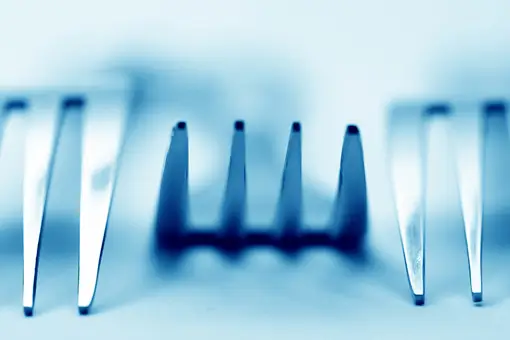JAD (Joint Application Development) is a processes that involves the client in the design and development of an application, through a succession of collaborative workshops called JAD sessions. Chuck Morris and Tony Crawford, both of IBM, developed JAD in the late 1970s and began teaching the approach through workshops in 1980.The JAD approach, in comparison with the more traditional practice, is thought to lead to faster development times and greater client satisfaction, because the client is involved throughout the development process. In comparison, in the traditional approach to systems development, the developer investigates the system requirements and develops an application, with client input consisting of a series of interviews.
When properly used, JAD can result in a more accurate statement of system requirements, a better understanding of common goals, and a strongerc ommitment to the success of the new system.

Process Steps
Define Session: Define the purpose, scope, and objectives of the JAD session, selecting the JAD team, invite and obtain commitment to attend sessions from the appropriate stakeholders, and schedule the session.
It is important to obtain management commitment to support the process and identify the appropriate stakeholders.
- Research Product: Become more familiar with the product or service, gather preliminary information, obtaining any models.
- Prepare: Prepare any visual aids, developing a realistic agenda, training the recorder, and preparing the meeting room.
- Conduct Session: Follow agenda to gather and document the project needs and requirements. It is important to ensure all participants are given equal treatment during the process.
- Draft the Documents: Prepare the formal documents. The information captured in the JAD session is further refined through analysis efforts, open questions or issues discovered through the sessions are resolved, and the final document is returned to stakeholders for review and validation.
Executive sponsor
Management commitment is required for any needs or requirements gathering process to succeed. It is very important for the JAD session team to have a management sponsor. The executive sponsor may be a manager of the business area whose needs and requirements are being addressed during the JAD session. The sponsor does not have to actively participate in every JAD session. It might be advisable to attend the first JAD session to show support and, perhaps, the final JAD session to review the results and make comments. The sponsor should be available throughout the period of the JAD process to solve any serious problems or issues that may arise. The JAD facilitator must work closely with the management sponsor and provide full briefings on progress.
The facilitator is the key person in the group and is responsible for planning, executing and managing the session. They should be a respected, skillful leader with a good reputation within the organization. JAD facilitator skills do not happen by chance, and the skills may have to be learned through specialized training and experience. The participation of stakeholders in the JAD session is widely accepted as essential to its ultimate success. Without their involvement, the JAD session will not be productive. The whole point of a JAD session is to bring stakeholder and performing organization together in a structured environment.
For more information about Joint application development , please drop an Email-info@oditeksolutions.com







